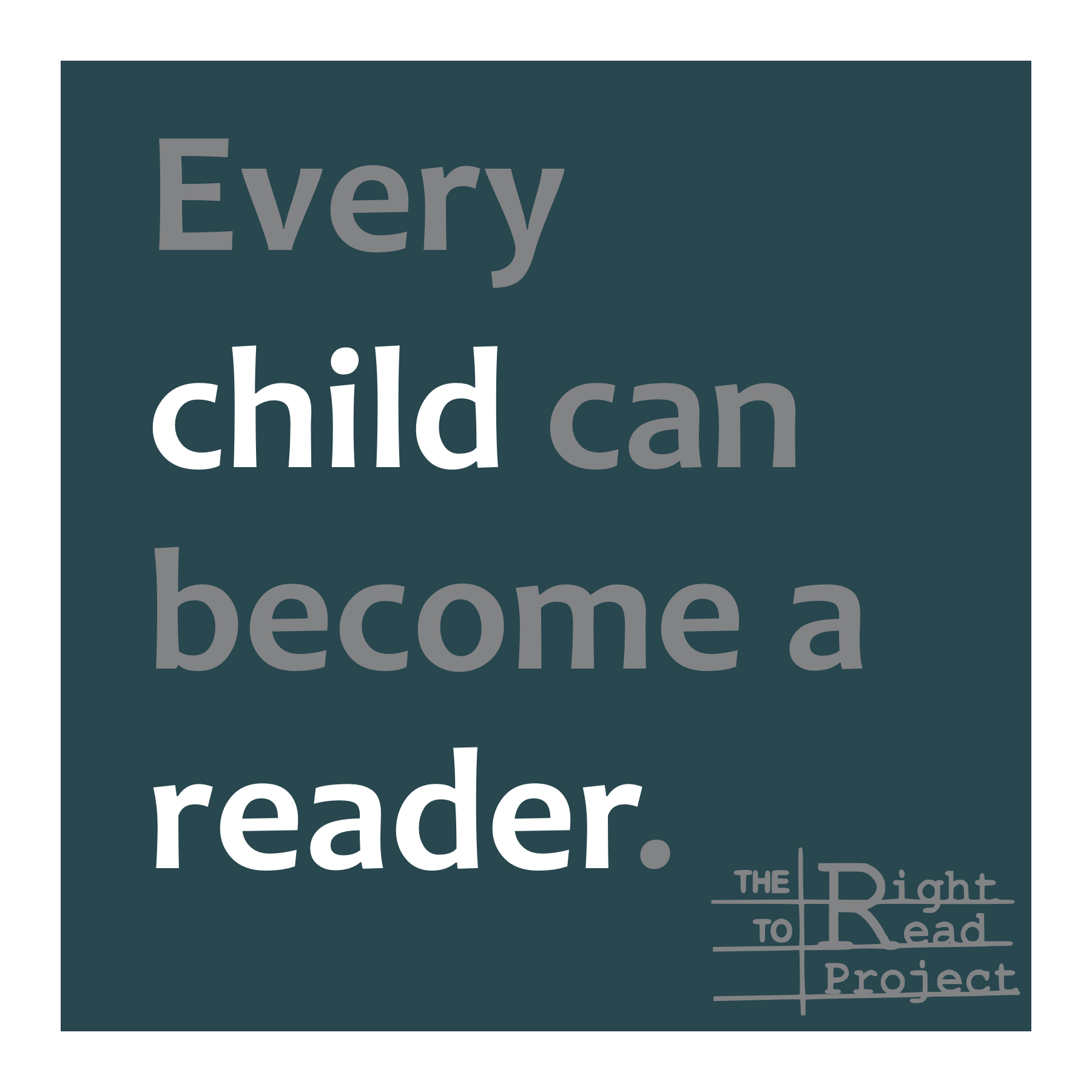From What Is the Science of Reading? Shanahan on Literacy:
Teacher question:
I keep hearing that teachers don’t know the science of reading. But all the teachers that I talk to say that they teach phonics. What’s really going on?
In his blog, Shanahan does a wonderful job of explaining that the science of reading covers more than phonics, and his post has already come in handy for us because we often field questions similar to that teacher’s. Shanahan accurately describes the phonics instruction we regularly see, “pretty pale and thin; often no more than marking up a worksheet,” though in some districts, phonics worksheets also involve time spent cutting and pasting.
In hundreds of primary grade classrooms, “balanced literacy” has been defined, with some variation, as a reader’s workshop model with 20 minutes of “word study.” One popular word study curriculum is often implemented with a mini-lesson (no more than 20 minutes) at the start of the week, followed by 15-20 minutes a day of independent or partner practice. This means that in these classrooms, the statement, “I teach phonics” refers to an average of a few minutes a day devoted to direct instruction in spelling-patterns.
This definition of “balance” has been provided in professional development led by representatives from influential organizations (e.g.,Teacher’s College and Heinemann) and it is often repeated in within-district trainings. When we look more closely at the reader’s workshop components of this “balanced literacy” model we can better understand why educators may equate reading science with a small dose of phonics.
One popular reading workshop curriculum contains the content for 40-60 minutes per day of whole-language instruction. The lessons call for teachers to “Strengthen MSV” by teaching students to use context, syntax, and picture to avoid decoding words. Because the theory is that students will learn to read by reading, children who can not yet decode are expected to “read” independently for extended periods of time, beginning in Kindergarten. Reading is defined for students as pointing to the words, looking at the pictures, and retelling a story while flipping the pages of a book. All of these strategies sprout from the three-cueing theory (for more on cueing, check out Hempenstall’s The three-cueing system in reading: Will it ever go away?) which is at the heart of whole-language ideology.
Because the term “balanced literacy” is likely to describe an instructional week that contains 200-300 minutes of whole-language and 20 minutes of direct instruction in phonics, we can see why educators are accustomed to slight shifts in terminology and the repackaging of old ideas. The catch is, reading science doesn’t call for a slight shift in our instruction. And it’s not just a little bit of phonics rebranded. Understanding reading science calls for us to reimagine our entire educational system, from teacher preparation to legislation, curricula, and professional development. One of the goals as we discuss reading science must be a deeper understanding of the term by teachers, administrators, and instructional leads so we can work together towards large-scale change.








